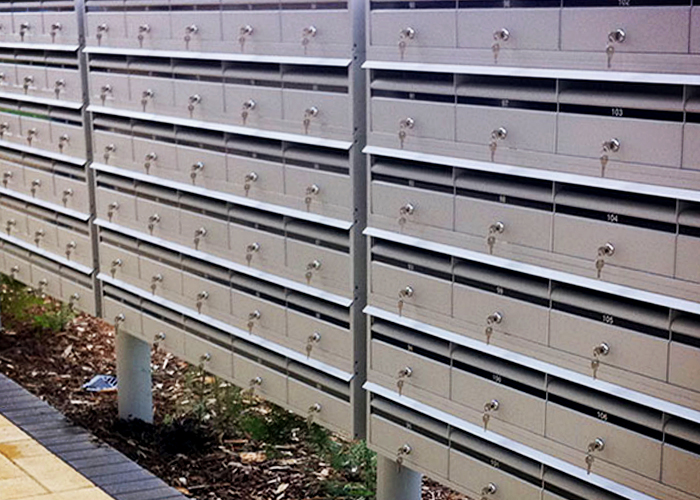

If this happens, the roaster will have no choice but to dispose of the coffee and start again. Large coffee bags won’t always fit through letterboxes, which means they may end up being returned to the roastery or distribution centre.īecause coffee quickly loses its freshness, this could result in it becoming stale before it can be redelivered. One of the main reasons is the risk of returns. What may be perfect for the shelf of a grocery store may not necessarily work as an online order, which means they must adapt their packaging accordingly. Product returns are an expense for roasters that could eat into profit margins Why is it important to adapt the size of your coffee bags?Ĭhoosing the right-sized coffee bags is of the utmost importance to specialty coffee roasters. Here’s how you can pick packaging that will facilitate effortless letterbox deliveries while also preserving its quality and promoting your brand. Deliveries can end up being sent back to the roastery, left out in the open, or stuffed through, causing damage to the beans inside. Yet with a range of different sizes and shapes, this can prove more tricky than anticipated. Chief among them is how they can adapt their coffee bags to not only ensure they’re delivered to the consumer undamaged, but also fit through letterboxes. While this has allowed many specialty roasters to maintain sales, it has also presented a new set of challenges. Online orders for beans and brewing equipment soared, with nearly one third of US consumers claiming they tried to replicate a favourite coffee shop beverage using their own resources. The widespread closure of offices and cafés led many to start brewing their own coffee from the comfort of their home.

Since the outbreak of Covid-19, coffee-drinking habits have changed.


 0 kommentar(er)
0 kommentar(er)
